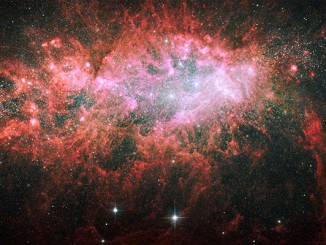
Month: December 2015

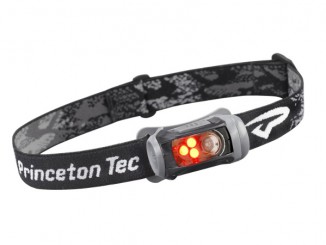
Princeton Tec Remix Red LED Headtorch
Reviewer Steve Ringwood appraises a headband flashlight that enables night vision with due respect to the needs of astronomy. White and dark-adaption red illumination is provided by one white and three red LEDs, respectively, in a 83g low-profile unit that does not protrude like some that aspire to Dalek-like proportions.

How We’ll Live on Mars
Stephen Petranek’s book does not deal with the reasons for exploring the Red Planet, but does outline many of the problems that will be encountered getting to Mars and overcome in order to live on its surface. Reviewer Greg Smye-Rumsby states that the book touches on many aspects of space travel and independent living on Mars, but does so at the cost of detail. “However … it certainly has crammed a great deal in. A worthwhile read,” he says.
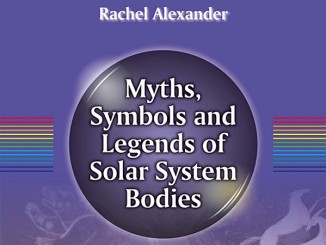
Myths, Symbols and Legends of Solar System Bodies
The history of astronomy and how ancient peoples interpreted the Sun, Moon and planets through mythology, legends, art and popular culture is a fascinating one. However, reviewer I. Fontaine finds some serious errors in Rachel Alexander’s book. “It’s a rare example of reading something that overwhelms and disappoints in equal measure,” says Fontaine.
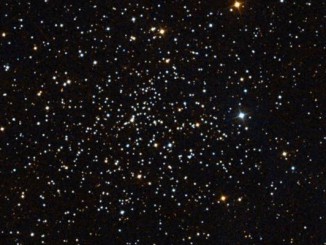
Astronomer solves mystery of ‘born again’ stars with Hubble
University of Texas astronomer Natalie Gosnell has used the Hubble Space Telescope to better understand why some stars aren’t evolving as predicted. These so-called “blue stragglers” look hotter and bluer than they should for their advanced age. It’s almost as it they were somehow reinvigorated to look much younger than they really are.
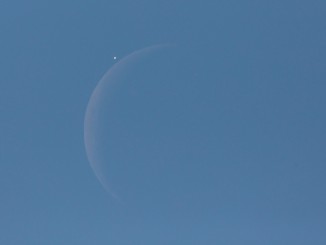


Venus and the Moon guide you to Comet Catalina in the pre-dawn sky
Comet Catalina (C/2013 US10) is currently a morning object in Virgo low in the southeast before dawn twilight for UK observers. The comet has a photogenic close encounter with Venus and the waning crescent Moon on the mornings of 7—8 December, then rapidly heads north through the constellation Boötes for a closer brush with Arcturus on New Year’s Day.

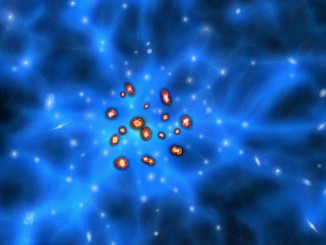
ALMA spots monstrous baby galaxies cradled in dark matter
Astronomers using the Atacama Large Millimetre/submillimetre Array (ALMA) have discovered a nest of colossal baby galaxies 11.5 billion light-years away. The young galaxies seem to reside at the junction of gigantic filaments in a web of dark matter. These findings are important for understanding how enormous galaxies like these are formed and how they evolve into huge elliptical galaxies.
